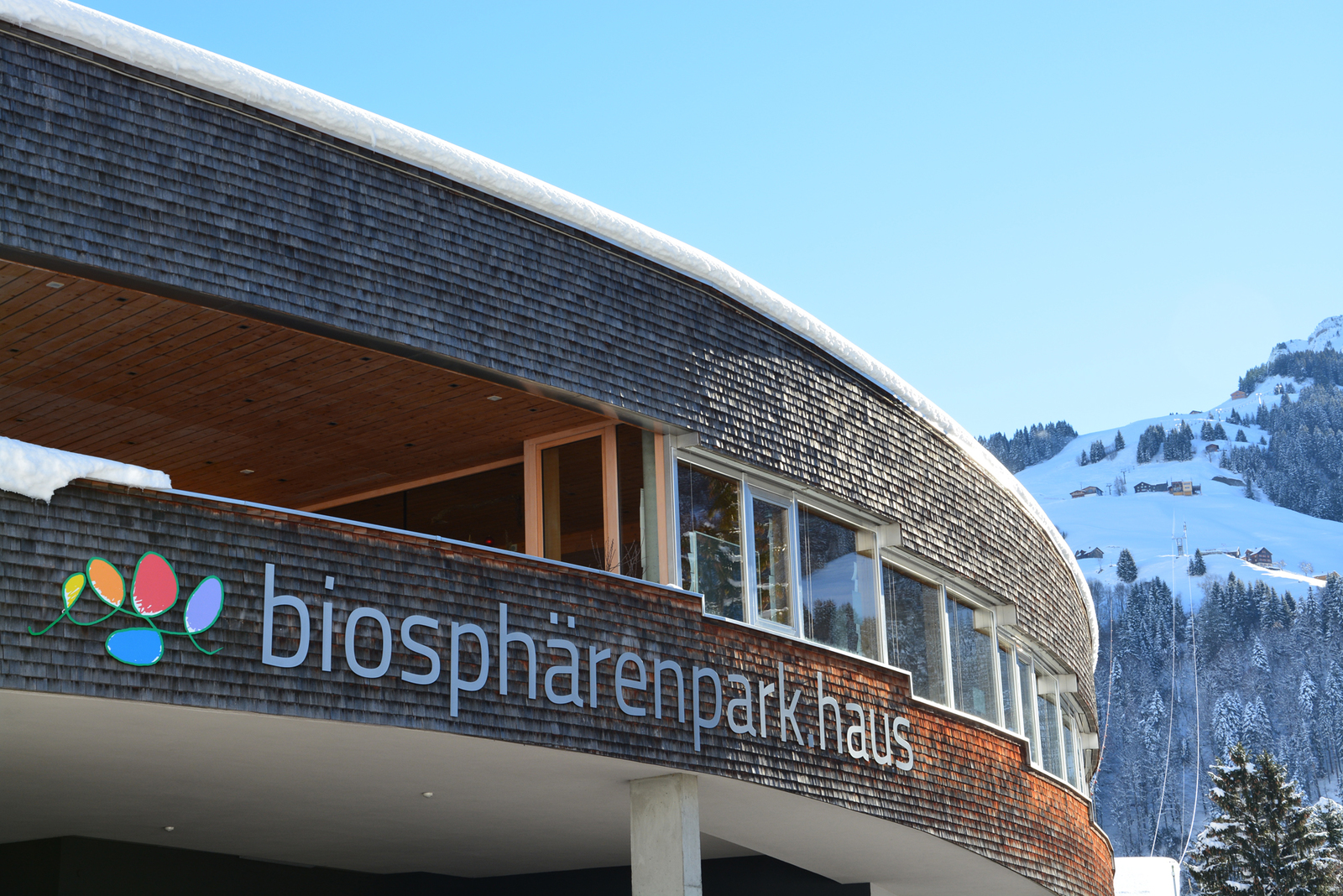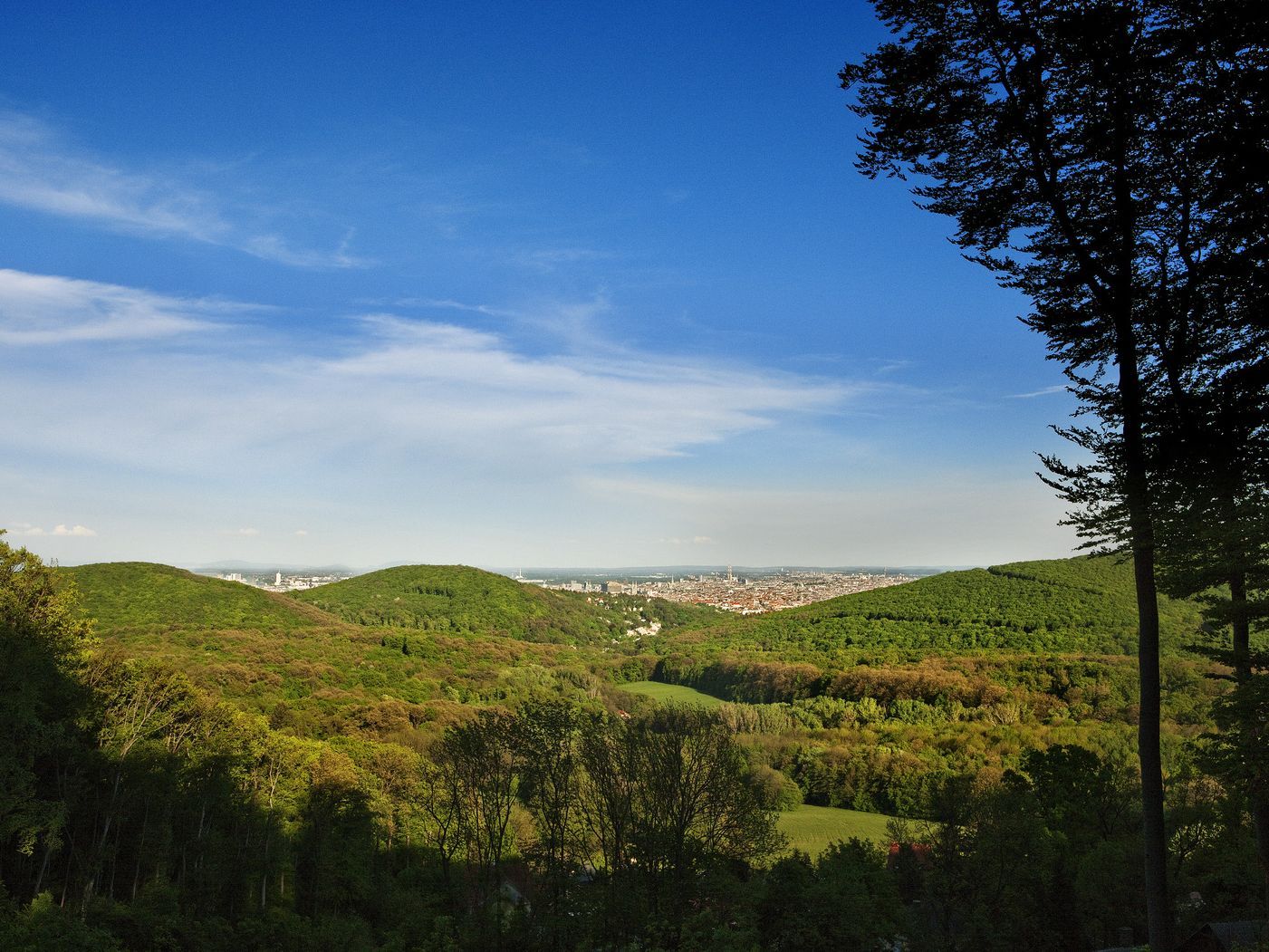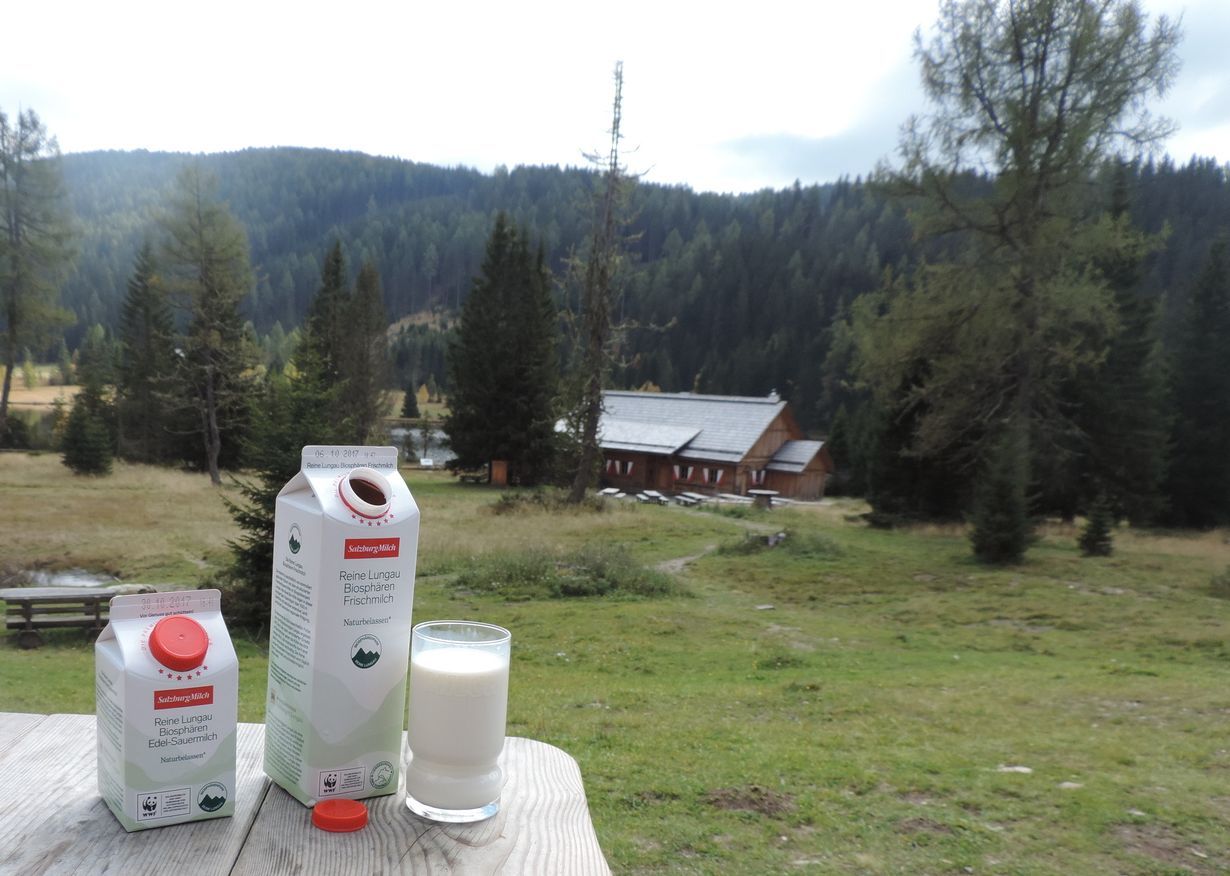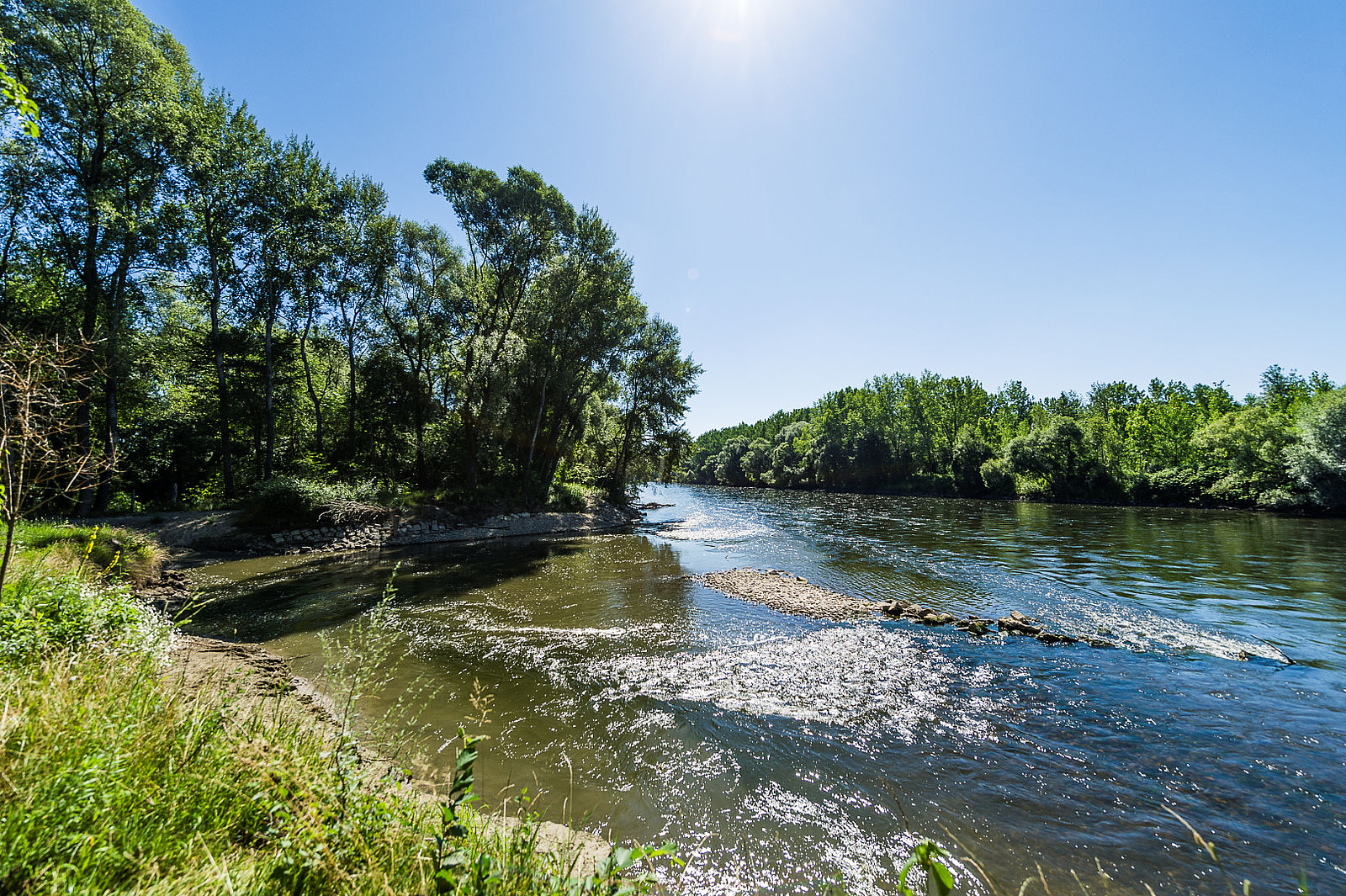
Grosses Walsertal Biosphere Reserve (2000)
Grosses Walsertal was accepted onto the list of UNESCO Biosphere Reserves in 2000. Six villages are located within the reserve, which takes up an area of 19,200 hectares. The valley is a prime example of an active cultural landscape in which there has been a system of highly modern Alpine farming, meadows and extensive forestry since it became occupied by the Walser people in the 13th and 14th centuries. Today, the Grosses Walsertal UNESCO Biosphere Reserve has a population of approximately 3,400.

Wienerwald Biosphere Reserve (2005)
The Wienerwald was listed as a UNESCO Biosphere Reserve in 2005. Stretching across an area of around 105,000 hectares, the undulating landscape is located between the northern Alps and the Pannonian Basin to the west of the city of Vienna. On the eastern slope of the Wienerwald is a geological fracture zone with hot springs and impressive terraces formed by what was once an ocean. The chalky part of the Wienerwald is dominated by steep and craggy chalk and dolomite rocks, as well as sharply cut crevices. The region is home to approximately 815,000 people.

Salzburger Lungau & Kärntner Nockberge Biosphere Reserve (2012)
Salzburger Lungau & Kärntner Nockberge was accepted onto the list of UNESCO Biosphere Reserves in 2012. It is defined by its typical central Alpine landscape with tall peaks reaching up to 3,000 metres and deep valleys located at almost 600 metres above sea level. The area, with a surface of 1,500 square kilometres, alternates between natural and man-made landscapes. The area currently has around 33,500 inhabitants.
- UNESCO-Biosphärenpark Salzburger Lungau & Kärntner Nockberge - Webseite Salzburg
- UNESCO-Biosphärenpark Salzburger Lungau & Kärntner Nockberge - Webseite Kärnten

Unteres Murtal Biosphere Reserve (2019)
The Unteres Murtal biosphere reserve in Styria was accepted onto the list of UNESCO Biosphere Reserves in 2019. Its impressive 13,000 hectares of river landscape and its natural dynamic make it possible to continuously create new habitats for countless threatened animal and plant species. It is part of the “Mur-Drau-Donau Biosphere Reserve”, which is a river landscape that stretches across five countries: Austria, Slovenia, Croatia, Hungary and Serbia.

![[Translate to English:] [Translate to English:]](/fileadmin/_processed_/9/7/csm_BP_int_d2e4d69e5c.jpg)
![[Translate to English:] [Translate to English:]](/fileadmin/_processed_/d/f/csm_BP_b8e32c86b6.jpg)
![[Translate to English:] [Translate to English:]](/fileadmin/_processed_/2/6/csm_NK_b7e42b36be.jpg)